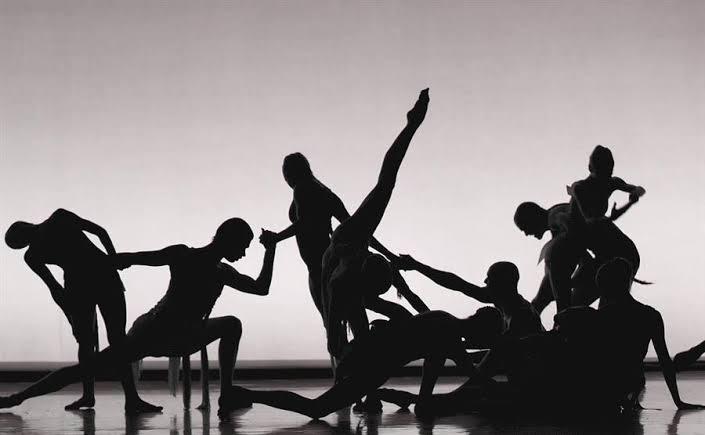In this blog post, we will explore the intersection of art and technology in modern performing arts and how this collaboration is shaping the future of the industry.
The Role of Technology in Modern Performing Arts
Technology has had a significant impact on the way that performers approach their craft. Advances in lighting and sound systems, for example, have made it possible to create more immersive and engaging performances. The use of projection mapping and other digital effects has also opened up new possibilities for creating stunning visual displays and transporting audiences to different worlds.
In addition to these advancements, technology has also made it possible to create entirely new forms of performance. For example, virtual reality technology allows performers to create immersive and interactive experiences that transport audiences to new and exciting environments. Motion capture technology, meanwhile, has enabled performers to create realistic and dynamic performances that blur the line between human and digital.
The Benefits of Technology in Performing Arts
The integration of technology in performing arts offers many benefits for performers and audiences alike. For performers, technology provides a new and exciting way to express themselves and push the boundaries of their craft. It also offers new opportunities for collaboration and experimentation, as performers can work with technology experts to create truly unique and innovative performances.
For audiences, technology allows for a more immersive and engaging experience. Performances can be enhanced with interactive elements, such as audience participation and live social media feeds. Technology also makes it possible to create performances that are more accessible, such as providing subtitles or audio descriptions for those with hearing or visual impairments.
The Challenges of Incorporating Technology into Performing Arts
While technology has many benefits for the performing arts, it also presents some challenges. For example, incorporating technology into a performance can be expensive, and not all performers or production companies have the resources to invest in the latest technology. There is also a risk of relying too heavily on technology and losing sight of the human element of performance.
Another challenge is ensuring that the technology used in performances is reliable and does not malfunction during a show. Technical glitches can be disruptive to a performance and can detract from the overall experience for both performers and audiences.
The Future of Art and Technology in Performing Arts
As technology continues to evolve, the possibilities for the intersection of art and technology in performing arts are endless. We can expect to see more innovative uses of technology in performances, such as the use of artificial intelligence and robotics. We may also see a greater focus on creating performances that are interactive and immersive, blurring the line between performer and audience.
In conclusion, the intersection of art and technology in modern performing arts is an exciting and rapidly evolving area of the industry. While there are challenges to incorporating technology into performances, the benefits for performers and audiences are significant. As technology continues to evolve, we can expect to see new and innovative forms of performance that push the boundaries of what is possible on stage.



